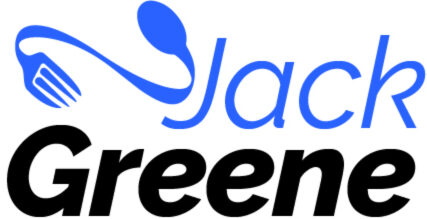In the realm of food and beverage additives, few have stirred as much controversy and debate as red food dye. Red food dye has been used extensively to enhance the appearance of various consumables, particularly sweets and snacks, and has become a staple ingredient in many products. However, recent concerns over its safety have prompted heightened scrutiny, leading to mounting pressure on regulatory authorities, notably the U.S. Food and Drug Administration (FDA), to consider banning its usage altogether.
The Origins and Ubiquity of Red Food Dye:
Red food dye, commonly labeled as FD&C Red No. 40 or Allura Red AC, traces its origins back to the mid-20th century when it was first synthesized. Since then, it has found widespread application in the food industry, imparting vibrant hues to a myriad of products ranging from candies and cereals to beverages and condiments. Its popularity stems from its cost-effectiveness, stability, and ability to produce consistent coloring.
Health Concerns and Controversies:
Despite its widespread use, red food dye has been a subject of concern among health experts and consumers alike. Studies have linked its consumption to various health issues, including hyperactivity in children, allergic reactions, and potential carcinogenic effects. Moreover, certain synthetic red dyes have been found to contain contaminants such as benzidine, a known carcinogen, further exacerbating safety concerns.
Of particular concern is the impact of red food dye on children’s behavior. Several studies have suggested a correlation between the consumption of artificial food colorings, including red dye, and increased hyperactivity and attention-deficit/hyperactivity disorder (ADHD) symptoms in susceptible individuals. While the exact mechanisms remain unclear, many parents and advocacy groups have called for stricter regulations or an outright ban on these additives, especially in products marketed toward children.
Regulatory Responses and Industry Practices:
In response to growing public apprehension, some countries have taken proactive measures to regulate or restrict the use of red food dye. For instance, the European Union requires products containing certain synthetic food colorings to carry warning labels indicating their potential adverse effects on children’s behavior. Similarly, some manufacturers have voluntarily opted to replace artificial dyes with natural alternatives derived from sources such as beets, berries, and turmeric.
However, the regulatory landscape in the United States has been less stringent. While the FDA has established guidelines for the use of food additives, including red dye, critics argue that these regulations are outdated and fail to address emerging scientific evidence regarding their safety adequately. Despite petitions and calls for action from consumer advocacy groups, the FDA has yet to implement any substantial changes regarding the regulation of red food dye.
Pressure on the FDA:
The FDA’s perceived inaction on the issue has fueled frustration and discontent among concerned citizens and health advocates. Many argue that the agency’s reliance on industry-funded studies and outdated safety assessments undermines its ability to protect public health adequately. Furthermore, the revolving door between regulatory agencies and the food industry has raised questions about conflicts of interest and regulatory capture.
In recent years, the pressure on the FDA to reassess the safety of red food dye has intensified. Public awareness campaigns, social media activism, and grassroots movements have mobilized consumers to demand greater transparency and accountability from regulatory authorities. High-profile incidents, such as the widespread contamination of certain red dyes with carcinogenic compounds, have further eroded trust in the regulatory process.
Moreover, mounting scientific evidence linking red food dye to adverse health effects has bolstered calls for stricter regulation or outright prohibition. A growing body of research suggests that certain synthetic food colorings, including FD&C Red No. 40, may pose risks to human health beyond what was previously recognized. These findings have prompted renewed scrutiny of the safety assessments conducted by regulatory agencies and underscored the need for more rigorous evaluation of food additives.
The Path Forward:
As pressure mounts on the FDA to address the safety concerns surrounding red food dye, stakeholders must work collaboratively to find viable solutions. This includes conducting further research to understand better the potential health risks associated with synthetic food colorings and exploring alternative formulations that meet both aesthetic and safety requirements.
In the interim, consumers can take proactive measures to minimize their exposure to red food dye by reading labels, choosing products with natural coloring agents, and advocating for greater transparency in the food industry. Additionally, policymakers must prioritize public health and safety by revisiting regulatory frameworks and implementing evidence-based reforms that reflect current scientific understanding.
The debate over the safety of red food dye underscores the complex interplay between regulatory oversight, industry practices, and consumer preferences. While the FDA faces mounting pressure to reassess its stance on synthetic food colorings, the path forward requires a concerted effort from all stakeholders to prioritize public health and safety. By fostering transparency, promoting scientific integrity, and empowering consumers to make informed choices, we can pave the way for a safer and more sustainable food system for future generations.


